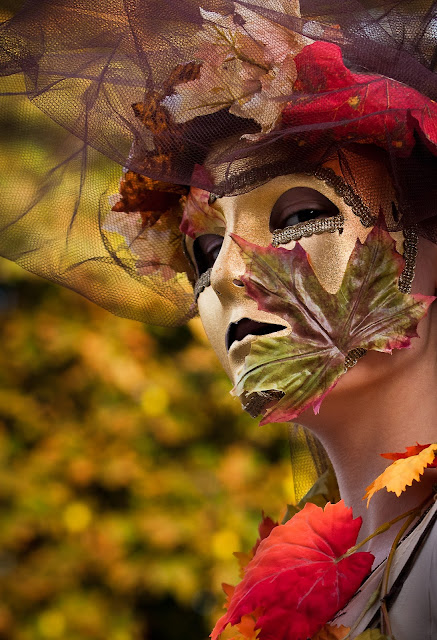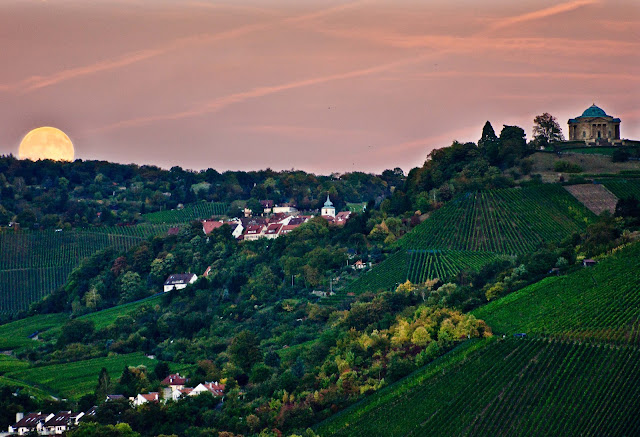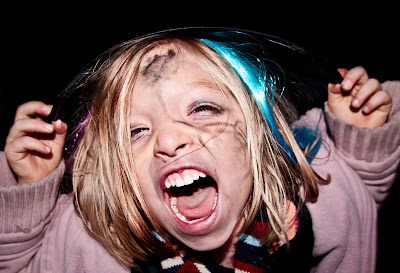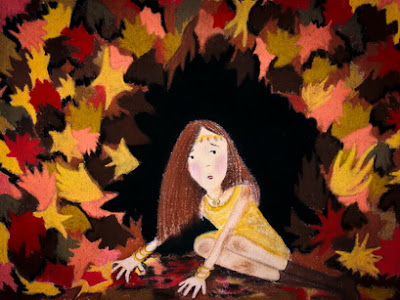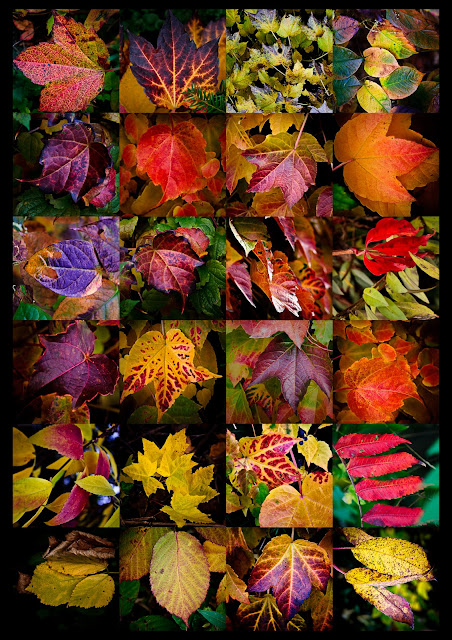Backtrack: Why photography? Why me? And why now?
I made my first photo book when I was in seventh grade. My father had given me a second-hand 120mm film camera that used those old single-use flash bulbs. Sometimes they worked and sometimes they didn’t. You had to put them in just right so that the contacts were touching the right part of the bulb. I think a roll of film cost about $1.25 for 12 pictures. Junk mail in those days often included mailers for photo processing. So I would send the long roll of film into the lab, paying about $2.50 for the development and printing, wait a week or 10 days and then be able to see which pictures had turned out.
 |
| An excerpt from my first photo book, c. 1975 |
When I was in high school, Joei Barrios lent me one of her 35mm cameras, a Canon Ftb QL with a 55mm lens. That was my equipment for the next three years – no zoom, no flash, no tripod, but was blessed to be able to gain experience as a yearbook staff photographer and have the processing of hundreds of rolls of film paid for by the publications department of my high school.
 |
| Californian artist Juana Olga "Joei" Barrios, 1980 |
I published hundreds of pictures and, as editor, learned to crop and layout the pictures. My mentor, Jim Coppens, was a great teacher with a very good sense of aesthetics. He also taught me to write and edit, two skills which help me keep bread of the table today.
Upon graduation from high school, my mother, who is an artist, traded one of her Georgia O’Keefe-style flower paintings for the Canon. Nothing Freudian about that, is there? Anyway, I was the guy with the camera in Europe, in college and in my first teaching job, where I worked as the adviser to the yearbook. There I taught the students everything I knew about event, group and sports photography, writing, editing, typing, layout design and artwork. On the side I taught German, American literature and computers and coached the soccer team. Over those four years I had the opportunity to photograph several weddings for family, friends and colleagues. They would buy 20 rolls of film, pay for the processing, let me pig out at the buffet and give me a backstage pass to the bride’s dressing room. That was fun! My Canon was stolen one night by the school’s cleaning crew and before the insurance company could settle the case, I needed a new camera because I had to photograph a colleague’s wedding a couple of weeks later. So I bought a Nikon 4004s with a 28-85mm lens, a combination which was perfect for weddings and other events. I was given a flash as a present for taking pictures at one wedding, so that was my gear for the next ten years.
After moving to Germany, music became my means of artistic expression for a while, and photography remained a means of capturing memorable experiences with good friends. Some of my pictures from hikes in the Alps are “pretty” but I never really thought about creating artistic works of art with my camera.
Then came the children. And the first digital cameras. So I bought a 5 MP digital point-and-shoot Traveller from ALDI when my son was one. I had gained some experience with photo editing software in the meantime, so it was not difficult to make minor adjustments to my pictures before having them printed. Then came Christian Ruvolo. I had known Christian for ten years by then. We had always enjoyed music and cooking together, but in 2007 he bought a Casio Exilim and discovered digital photography as an art form. He is a brilliant concert pianist, composer and all-around musician and does anything he really enjoys at a very high level of competence. When I visited him in Italy for capo d’anno (New Year’s Eve) in 2007-2008, he bought me a 7.2 MP Exilim because he saw how sad I was about my camera’s weak battery pack and inferior pictures. Then he bought a Canon 450D.
Then I bought a Sony Alpha 300.
Then he bought two L lenses for his Canon.
Then I bought lots of cheap Sony/Minolta lenses on ebay.
Then he learned about flash photography.
Then I bought a Sony A700.
Then he bought a Canon 5D Mark IV.
Then I bought flashes and the Joe McNally book he recommended. Then he bought more flashes and reflectors and umbrellas and California sun bouncers.
Then I bought reflectors and a big bounce and a third camera bag for my third Alpha.
Then he got his website going.
Then I started a photo blog.
Then he started doing incredible portraits of the music students where he teaches.
Then I did some portrait shoots and enjoyed it.
Then we photographed the same model here in Stuttgart (twice) and had a blast.
Now we share our day’s work via Skype. We critique each other’s work and give each other tips on post-processing. It’s been a symbiosis of the grandest kind.
Add to this chain of events the support of my friends who make me aware of photo contests and opportunities and of course the unfailing patience and support of my family and you get a somewhat accomplished photo-fanatic.













